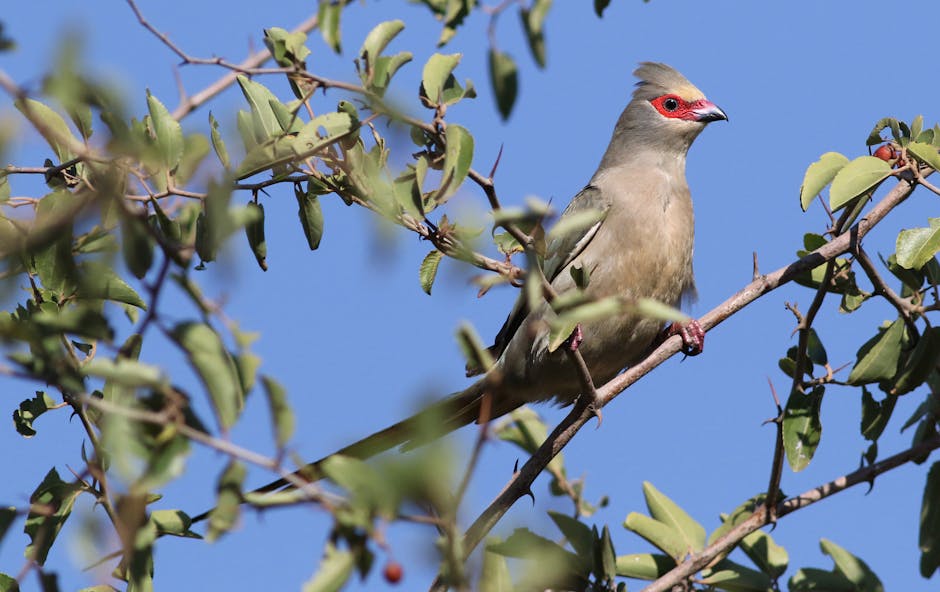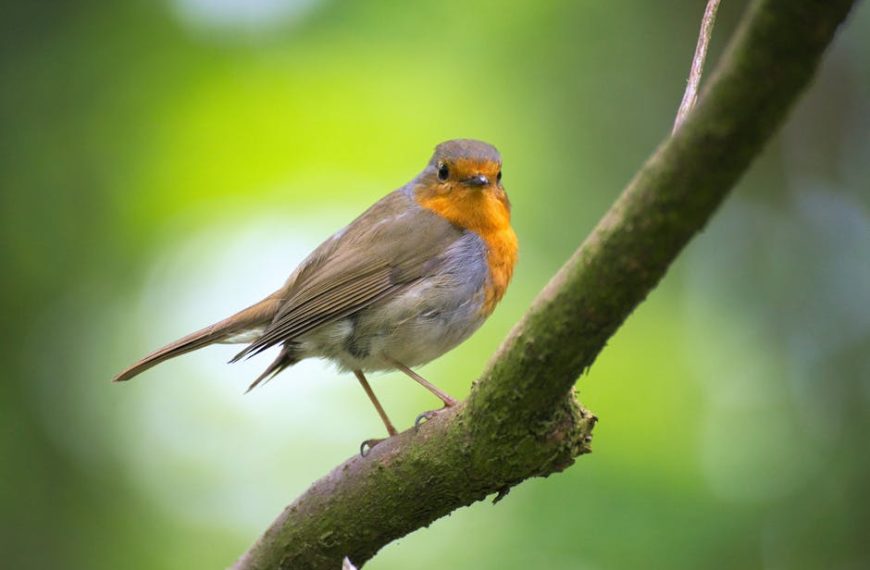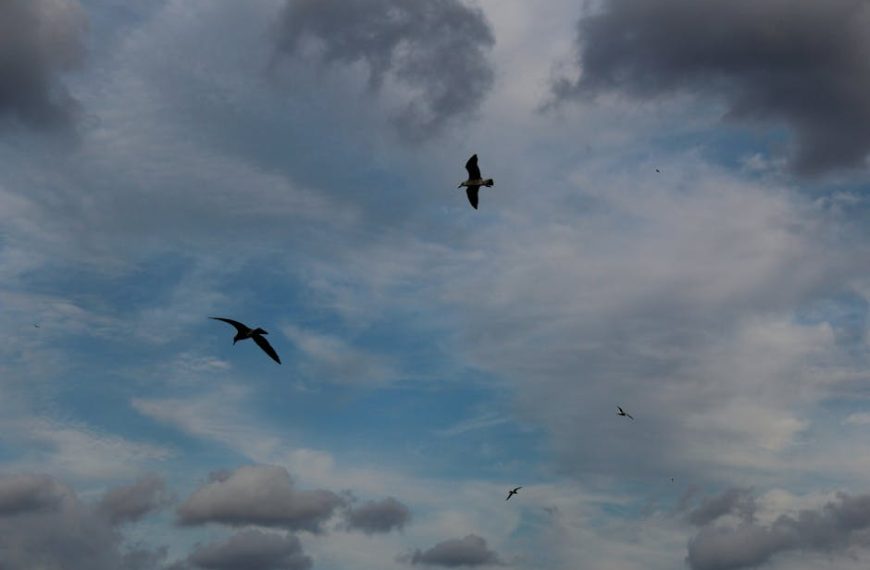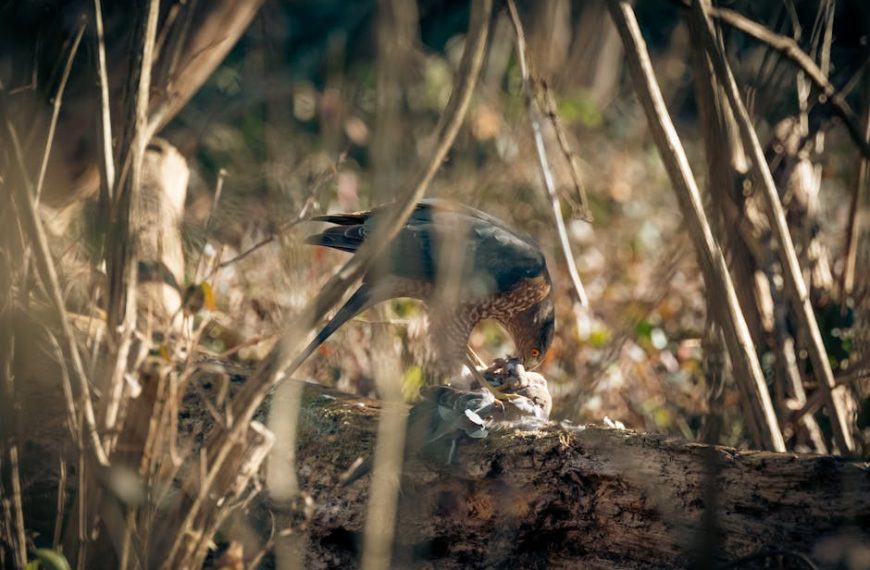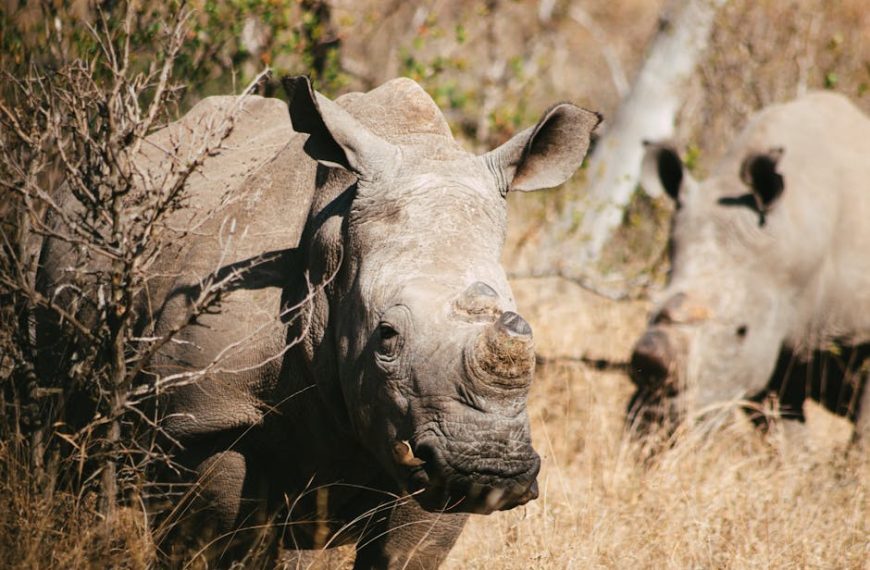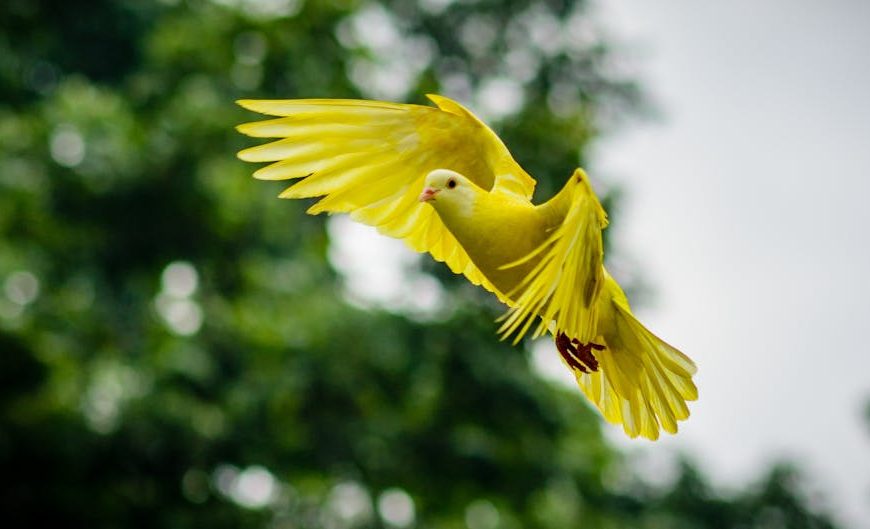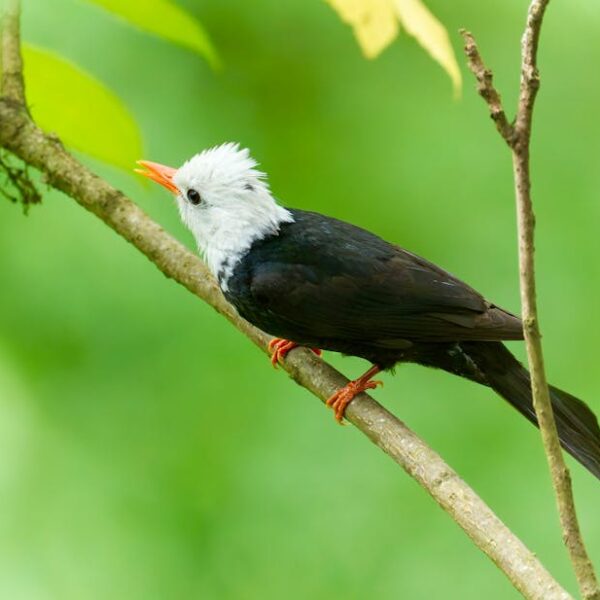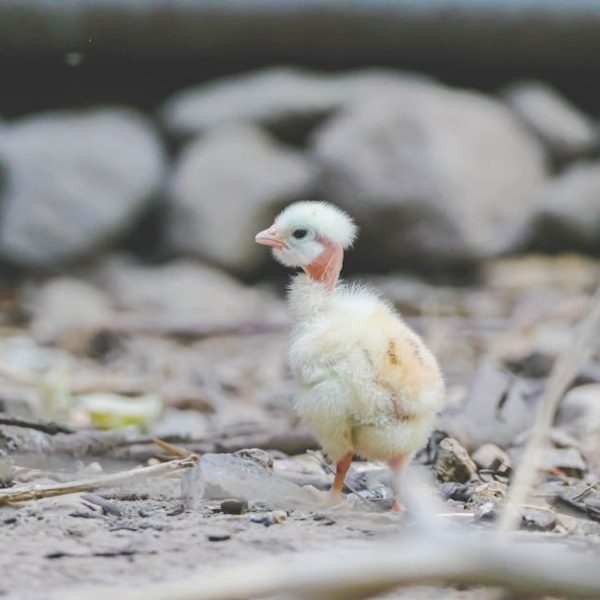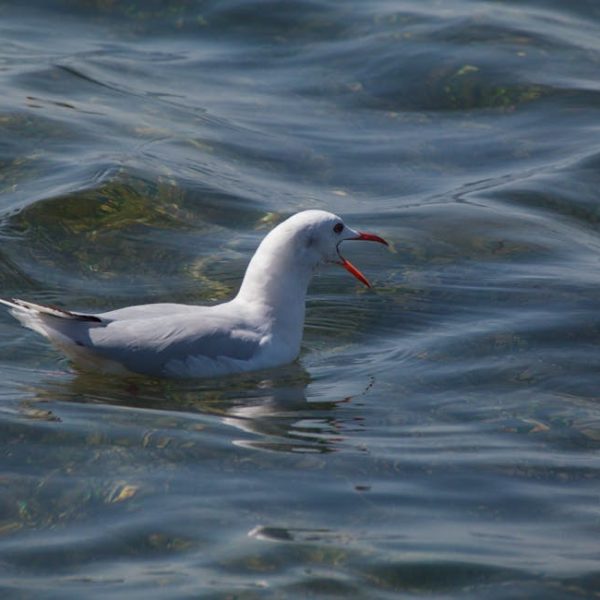Birdwatching in North Carolina provides endless opportunities due to the state’s diverse range of habitats and bird species. It is a rewarding pastime teeming with fascinating discoveries, providing an opportunity to connect with nature and appreciate its beauty.
Know the Habitats to Find Different Species
To start your birdwatching journey in North Carolina, it’s crucial to familiarize yourself with the different habitats in the state, as diverse regions host unique bird species. The varying landscapes – from sun-drenched coastal areas, lush green Piedmont region to the misty mountain ranges, all attract distinct species of birds.
Here are a few habitats you might want to consider:
– Coastal Regions: Find American Oystercatchers and Reddish Egrets
– Piedmont Region: Spot Northern Cardinals and Carolina Chickadees
– Mountain Ranges: Look for Red-tailed Hawks and Dark-eyed Juncos
Pro tip: Birdwatching can yield different outcomes based on the time and season of your visit. Early mornings and late afternoons are ideal birdwatching times, while spring and autumn are excellent for spotting migratory birds.
Birds Common to the Coastal Regions
North Carolina’s sun-kissed beaches offer more than just surf and sand. They are a haven for a variety of bird species. You can often find gulls, pelicans, sandpipers, and cormorants sunbathing along the coast or soaring over the waves.
Pro tip: A handy way to distinguish between these coastal birds is by their calls and behaviors. For instance, gulls have a wide variety of calls they use for communication, while pelicans are known for their synchronized flying and diving for fish.
Avians of the Piedmont Region
In the heart of North Carolina, the Piedmont region’s rolling hills and verdant forests are home to numerous species such as the Carolina Chickadee, Northern Cardinal, and American Goldfinch.
Pro tip: Bird feeders are excellent ways to attract local bird species in the Piedmont region. Different types of bird food attract different species – for example, sunflower seeds are a favored snack of Cardinal, Chickadees, and blue jays among others.
Simple Bird Watching Checklist:
– [ ] Carolina Chickadee
– [ ] Northern Cardinal
– [ ] American Goldfinch
– [ ] Blue Jay
– [ ] Eastern Bluebird
This birdwatching guide is a springboard for anyone looking to experience the vibrant birdlife thriving in North Carolina’s rich landscapes. Keep your eyes peeled, and happy birdwatching!
Mountainous Region Birds
As you ascend into North Carolina’s mountain ranges, you may encounter a different group of birds altogether. You can spot magnificent birds of prey such as the Red-tailed Hawk and many species adapted to the colder, high-altitude environment like the Tufted Titmouse and the Dark-eyed Junco.
Comparing Mountain Birds to Lowland Species:
| Mountain Birds | Lowland Birds |
|---|---|
| Adapted to high altitudes and cold temperatures. | Adapted to warmer climates and multiple habitats. |
| Often larger and hardier with broad wings (hawks and eagles). | Smaller, colorful and often migrate (sparrows and warblers). |
| Feed on rodents and other small animals. | Feed mainly on insects, grains and nectar. |
Pro Tip: When birdwatching in mountainous areas, safety should always be a priority. Be sure to stick to designated trails, respect wildlife, and keep your noise levels down to avoid disturbing the birds.
Endemic and Migrating Birds of North Carolina
North Carolina is unique in that it not only hosts countless endemic bird species but is also a significant stopover point for migrating birds traveling along the Atlantic Flyway. The state’s diverse habitats provide a sanctuary for these transients as they travel thousands of miles.
Let’s look at some of the endemic birds of North Carolina:
– Brown-headed Nuthatch
– Carolina Wren
– Blue Jay
Migrating birds often spotted in North Carolina include:
– Yellow-bellied sapsucker
– Redhead duck
– Ruby-throated hummingbird
Sighting frequency between endemic and migrating birds can fluctuate significantly depending on the time of year. Migrating birds are most commonly seen during their respective migration periods (spring and fall), while endemic birds can be spotted year-round.
Best Practice for Birdwatching During Migration periods:
– Time your birdwatching trips for early morning or late afternoon when birds are most active.
– Use binoculars or a telescope for distant observations.
– Choose vantage points that overlook water bodies or open fields.
Exploring the birdlife of North Carolina can be an enriching pursuit, offering unprecedented encounters with nature’s marvels. Whether you’re an experienced birdwatcher or a budding enthusiast, following these tips can help you maximize your birdwatching experience in this vibrant state. Enjoy your adventure!
Key Takeaway:
- North Carolina has a diverse range of habitats that host unique bird species – from coastal areas and the Piedmont region to mountain ranges.
- A variety of birds, including gulls, pelicans, sandpipers, and cormorants can be found along the North Carolina coast.
- The Piedmont region, home to birds like the Carolina Chickadee, Northern Cardinal, and American Goldfinch, is another hot spot for birdwatching.
- Venturing into the mountainous areas, birdwatchers may encounter the Red-tailed Hawk, Tufted Titmouse, and Dark-eyed Junco, among others.
- North Carolina is a sanctuary for both endemic and migrating birds, with species such as the Brown-headed Nuthatch, Carolina Wren, Blue Jay, Yellow-bellied sapsucker, Redhead duck, and Ruby-throated hummingbird.
Delving into the birdwatching endeavor can introduce you to North Carolina’s rich biodiversity and allow you to appreciate nature’s marvels in depth. Whatever your level of experience, this guide can help you navigate through the state’s vibrant birdlife. Happy birdwatching!
FAQs
- Q: Are bird species in North Carolina affected by seasonal changes?
– A: Yes, bird species in North Carolina can change with the seasons, especially with the arrival of migrating birds in spring and autumn.
- Q: How can I attract birds to my backyard in the Piedmont region?
– A: Using bird feeders and providing different types of bird food like sunflower seeds can attract local bird species to your backyard.
- Q: Are there any specific safety measures for birdwatching in mountainous regions?
– A: Yes, when birdwatching in mountainous areas, safety should be prioritized. Stay on designated trails and keep noise levels down to avoid disturbing the birds.
- Q: Are there any raptors or birds of prey in North Carolina?
– A: Yes, raptors like the Red-tailed Hawk can be found in North Carolina, particularly in the mountainous regions.
- Q: How can I identify different bird species along the North Carolina coast?
– A: Identifying birds by their calls and behaviors can be a useful tool. For instance, gulls have a wide variety of calls, while pelicans are known for their synchronized flying.
Feel free to share this guide with fellow birdwatching enthusiasts. We invite you to explore more posts and guides on our website!
